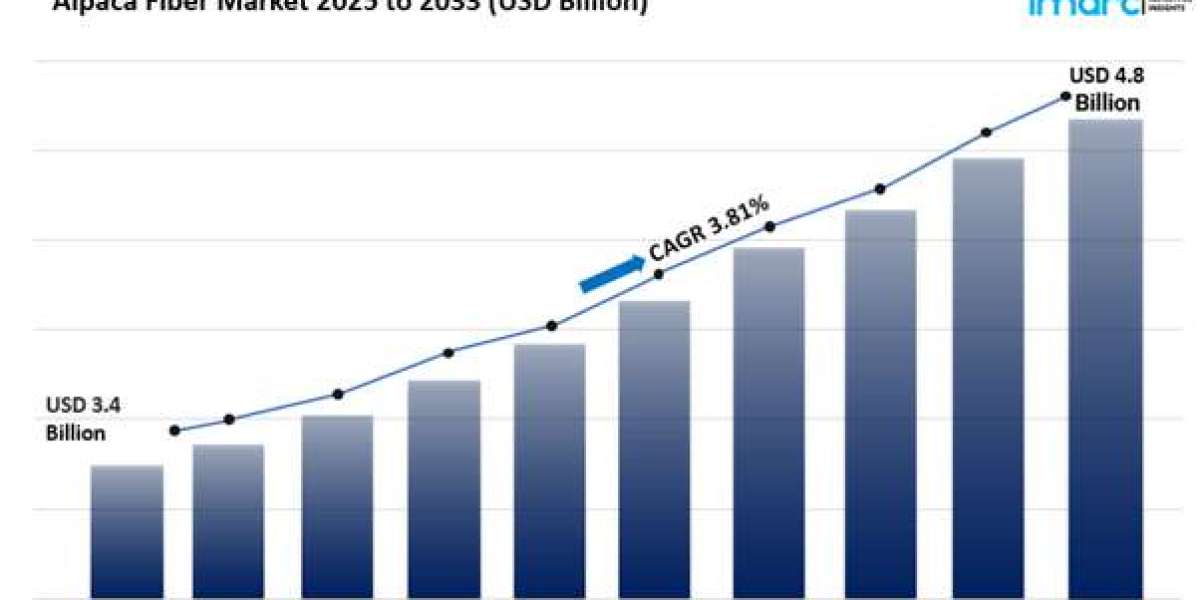Introduction to Supply Chain Forecasting
In today’s competitive and fast-moving market, businesses must anticipate demand, manage inventory, and ensure timely delivery of goods. This is where supply chain forecasting tools come into play. These tools use data, algorithms, and AI-driven models to predict future demand, helping companies make more informed operational decisions.
Accurate forecasting leads to optimized inventory, reduced operational costs, and improved customer satisfaction. For companies operating in Texas — a major logistics and distribution hub — implementing reliable forecasting solutions can significantly improve supply chain efficiency.
Why Forecasting Matters in Texas
Texas is home to some of the largest manufacturing, oil and gas, retail, and logistics companies in the United States. With multiple ports, international trade routes, and extensive transportation infrastructure, the state’s supply chain networks are complex and expansive.
Supply chain disruptions, whether due to extreme weather, global instability, or supplier delays, can have widespread impacts. Businesses across Texas need supply chain forecasting tools to remain agile and competitive in such a dynamic environment.
By using forecasting software, Texas companies can:
Predict shifts in consumer demand
Adjust procurement strategies in real time
Respond to supply disruptions more efficiently
Align production schedules with actual market needs
Key Features of Effective Forecasting Tools
Modern supply chain forecasting tools offer a range of features that enhance visibility and control across supply networks. When choosing a solution, Texas businesses should look for the following capabilities:
1. AI-Powered Predictive Analytics
Advanced tools incorporate machine learning to recognize trends and adapt to real-time data, improving forecast accuracy over time.
2. Integration With ERP and Inventory Systems
Tools should seamlessly integrate with existing enterprise systems such as SAP, Oracle, or Microsoft Dynamics to ensure synchronized data across departments.
3. Scenario Planning and Simulation
Simulate various "what-if" scenarios to prepare for potential supply chain risks or market fluctuations.
4. Real-Time Data Monitoring
The ability to process live data allows companies to adjust forecasts quickly in response to sudden changes in demand or supply.
5. Collaborative Planning
Cross-functional collaboration tools help different teams (sales, procurement, operations) stay aligned with a single source of truth.
Top Supply Chain Forecasting Tools in 2025
There are many forecasting tools available, but a few have proven especially reliable and widely adopted:
SAP Integrated Business Planning (IBP): Ideal for enterprises seeking end-to-end visibility and real-time data access.
NetSuite Demand Planning: Great for mid-sized companies looking for accurate demand planning features.
Kinaxis RapidResponse: Offers real-time scenario analysis and demand simulation for agile decision-making.
Logility: Combines advanced forecasting with supply planning and inventory optimization.
o9 Solutions: Known for its AI-powered planning capabilities and user-friendly interface.
For businesses in Texas, especially those needing help selecting or integrating these tools, Brankit is a trusted local partner. With a deep understanding of regional business needs, Brankit provides consulting, implementation, and training for modern supply chain forecasting technologies.
How Brankit Supports Texas Businesses
As a Texas-based company, Brankit specializes in providing tailored solutions for supply chain management and forecasting. With years of hands-on experience, Brankit helps businesses:
Choose the right forecasting tool based on size, industry, and budget
Integrate forecasting solutions with existing ERP and logistics platforms
Provide staff training and ongoing support
Offer custom analytics dashboards for performance tracking
Whether you're a manufacturer in Dallas, a logistics firm in Houston, or a retail chain in Austin, Brankit’s local expertise and industry knowledge make them an ideal partner.
Industry Applications of Forecasting Tools
Supply chain forecasting tools are not one-size-fits-all. Different industries in Texas leverage them in specific ways:
Manufacturing
Forecast future orders, plan production runs, and manage raw material procurement efficiently.
Retail
Predict seasonal trends, plan promotional stock, and avoid both overstocking and understocking.
Oil and Gas
Coordinate complex supply networks, including parts and labor for remote operations.
Healthcare
Manage medical supplies, pharmaceuticals, and equipment based on real-time demand.
By leveraging forecasting tools, businesses in these sectors can better navigate uncertainties and make data-driven decisions that improve performance and resilience.
FAQs
1. What are supply chain forecasting tools?
These are software applications that use historical data, current trends, and predictive algorithms to forecast demand, supply, and other critical logistics elements within a supply chain.
2. Who should use these tools in Texas?
Any business involved in production, distribution, retail, or logistics in Texas can benefit from forecasting tools, especially those managing large inventories or fluctuating customer demand.
3. How accurate are AI-based forecasting tools?
While no forecast is 100% accurate, AI-based tools typically offer significantly higher accuracy than manual forecasting methods by learning from real-time data and patterns.
4. How long does implementation take?
Depending on the complexity and scale of your operation, full implementation can take anywhere from a few weeks to several months. Companies like Brankit can streamline this process for Texas-based businesses.
5. Can Brankit help customize forecasting solutions?
Yes. Brankit offers customized supply chain forecasting services tailored to industry-specific needs, ensuring that the tool aligns with your operational goals and workflows.


